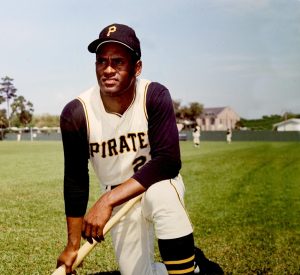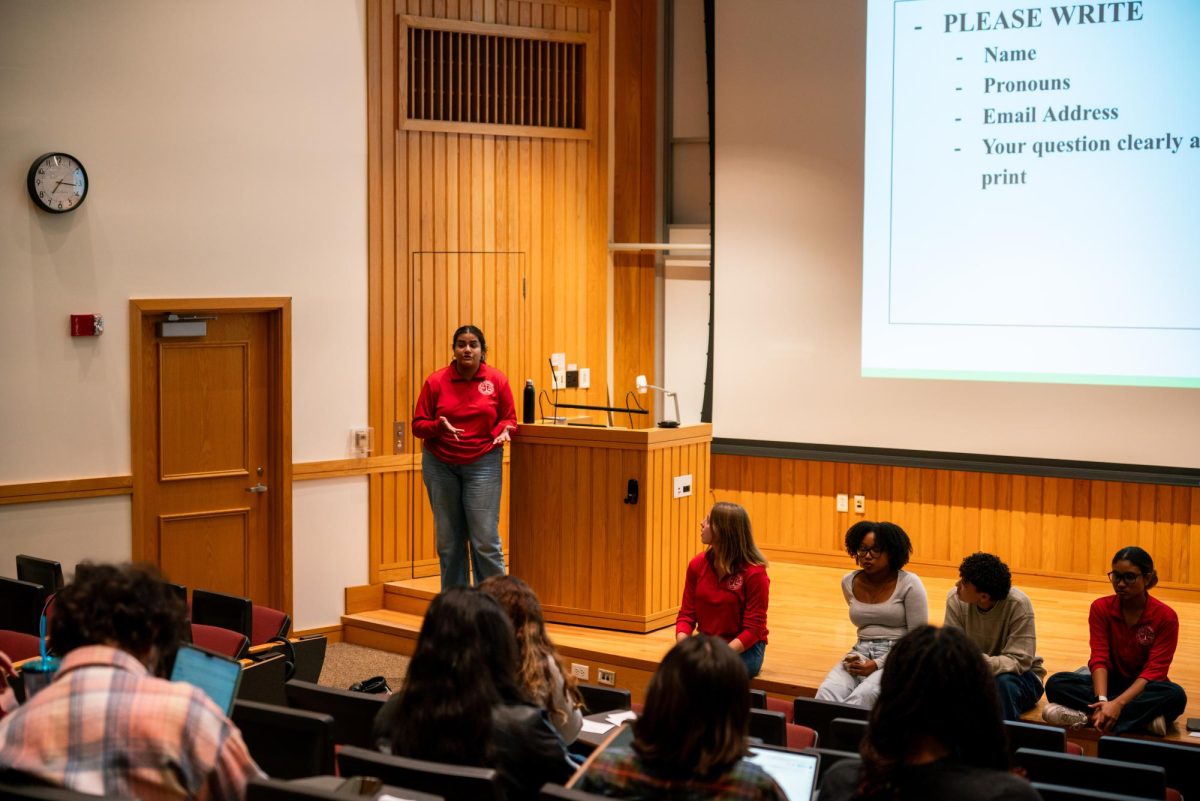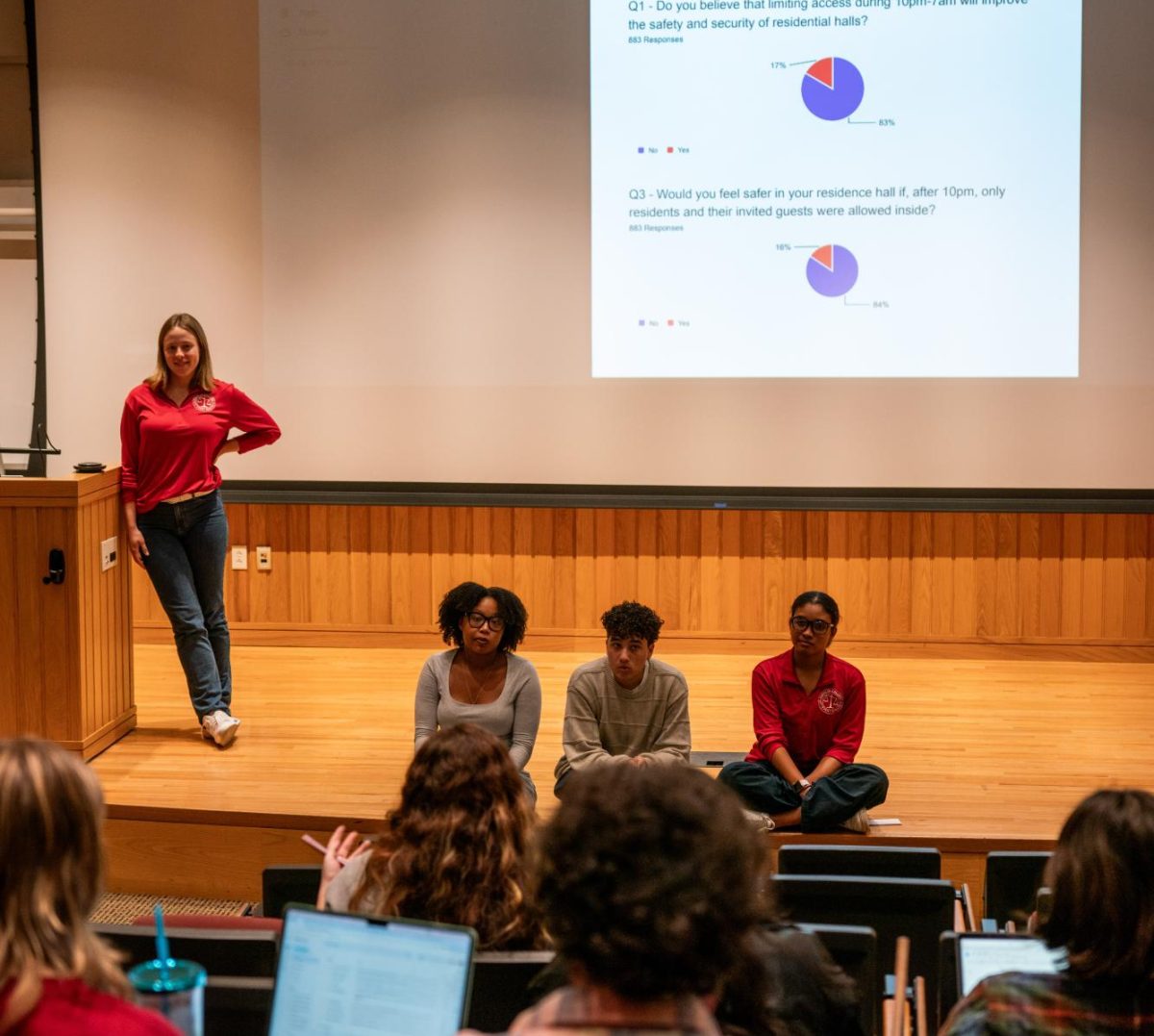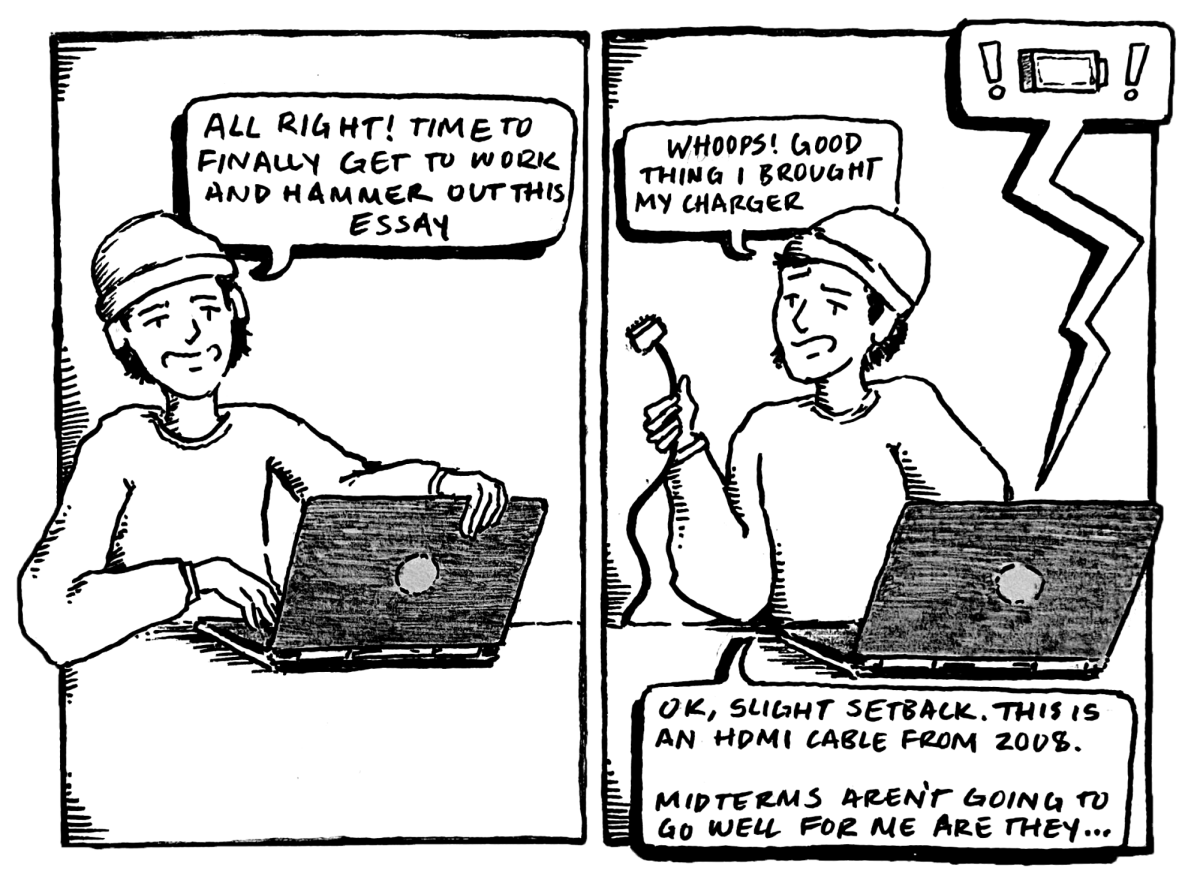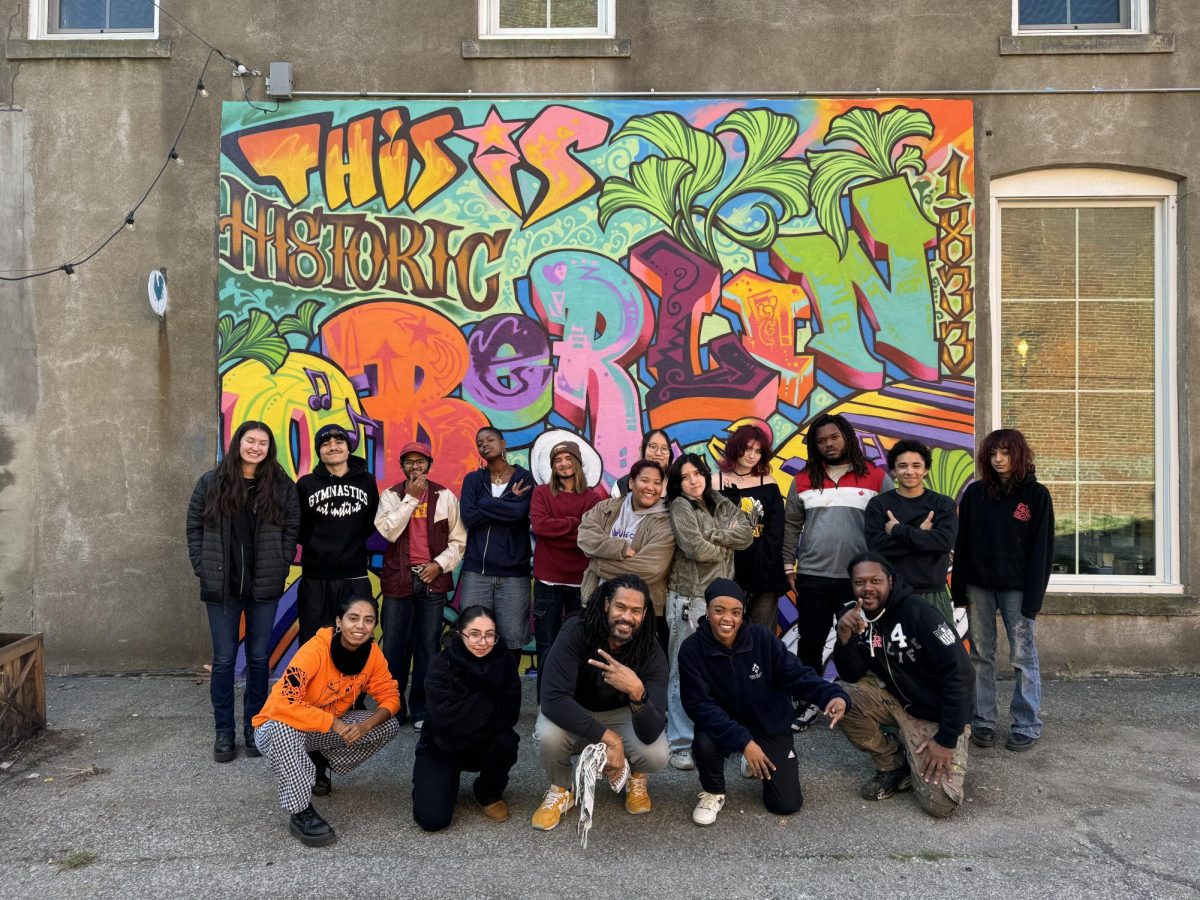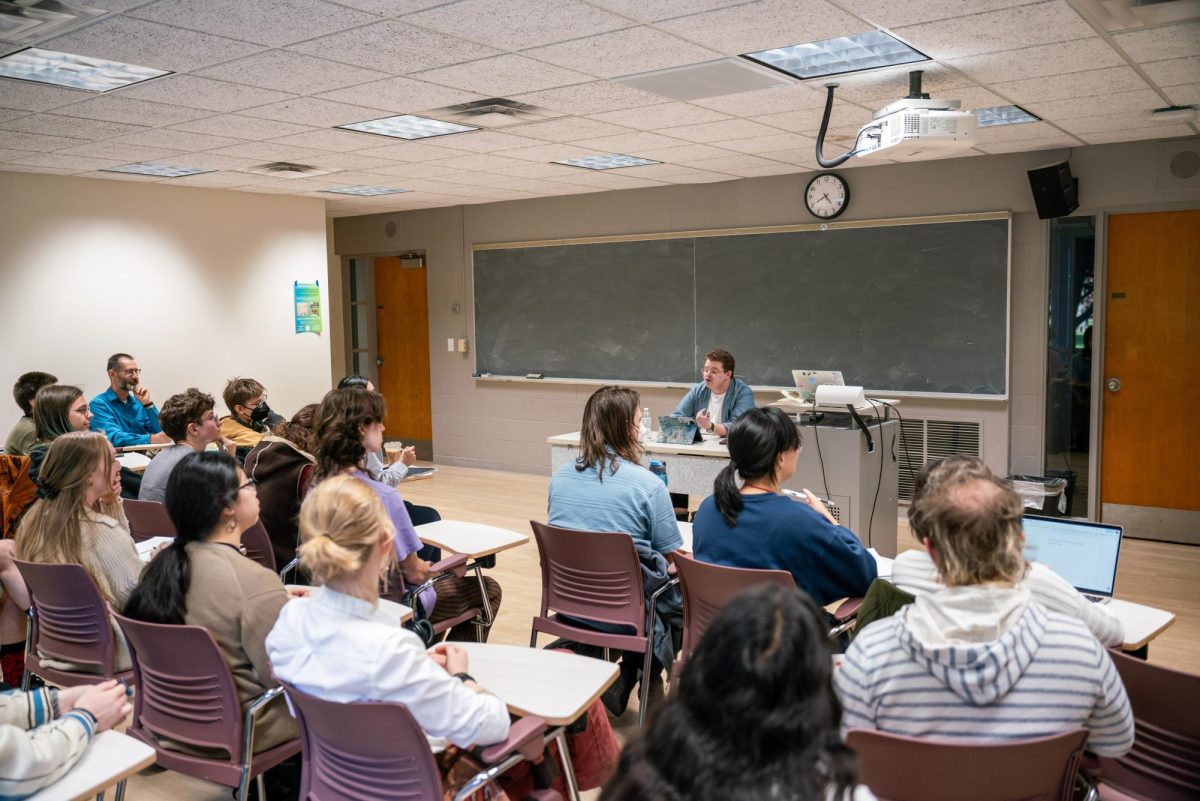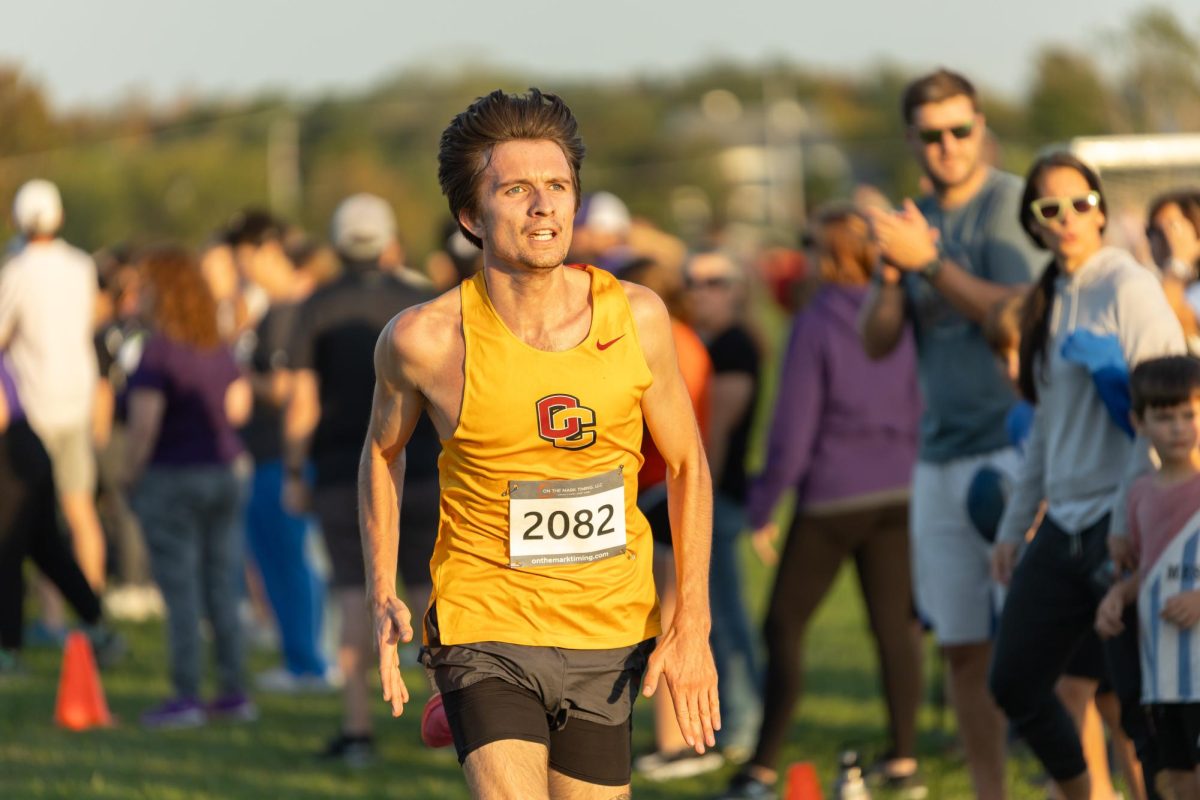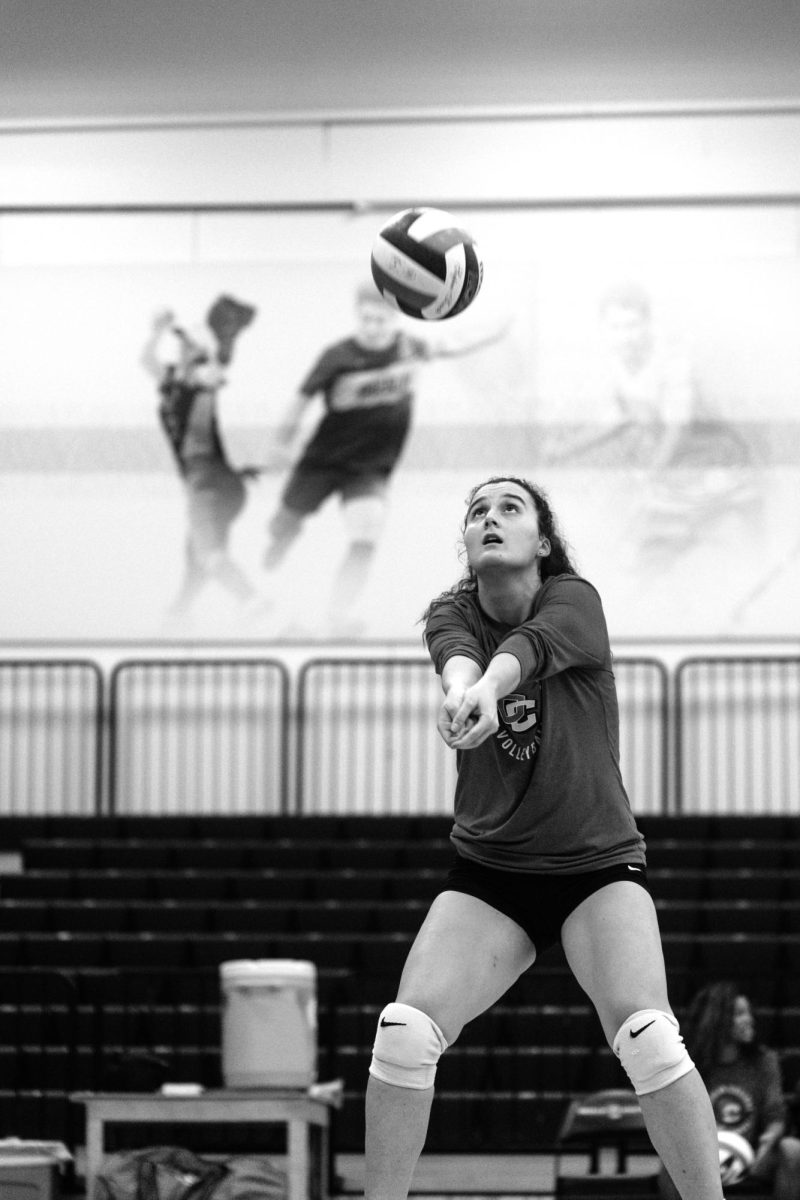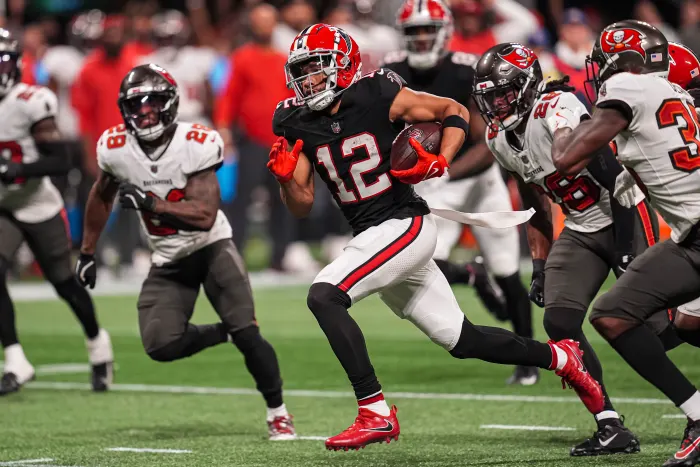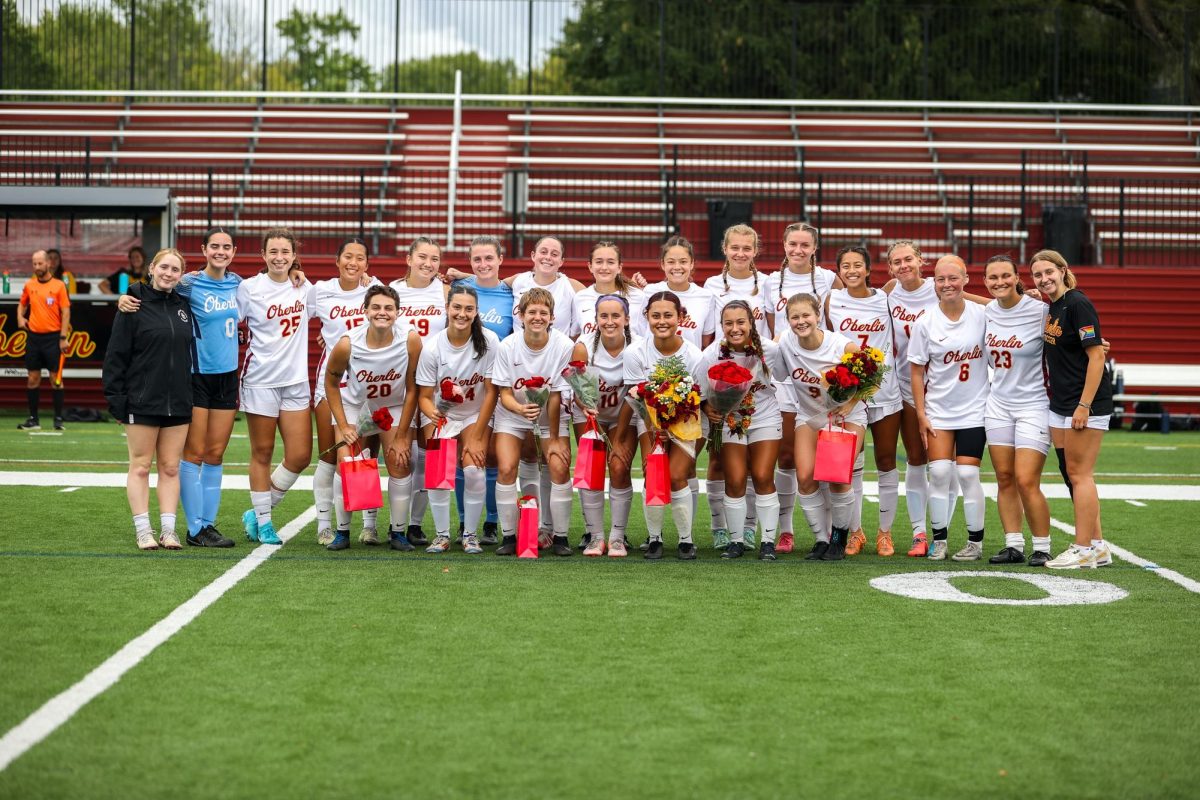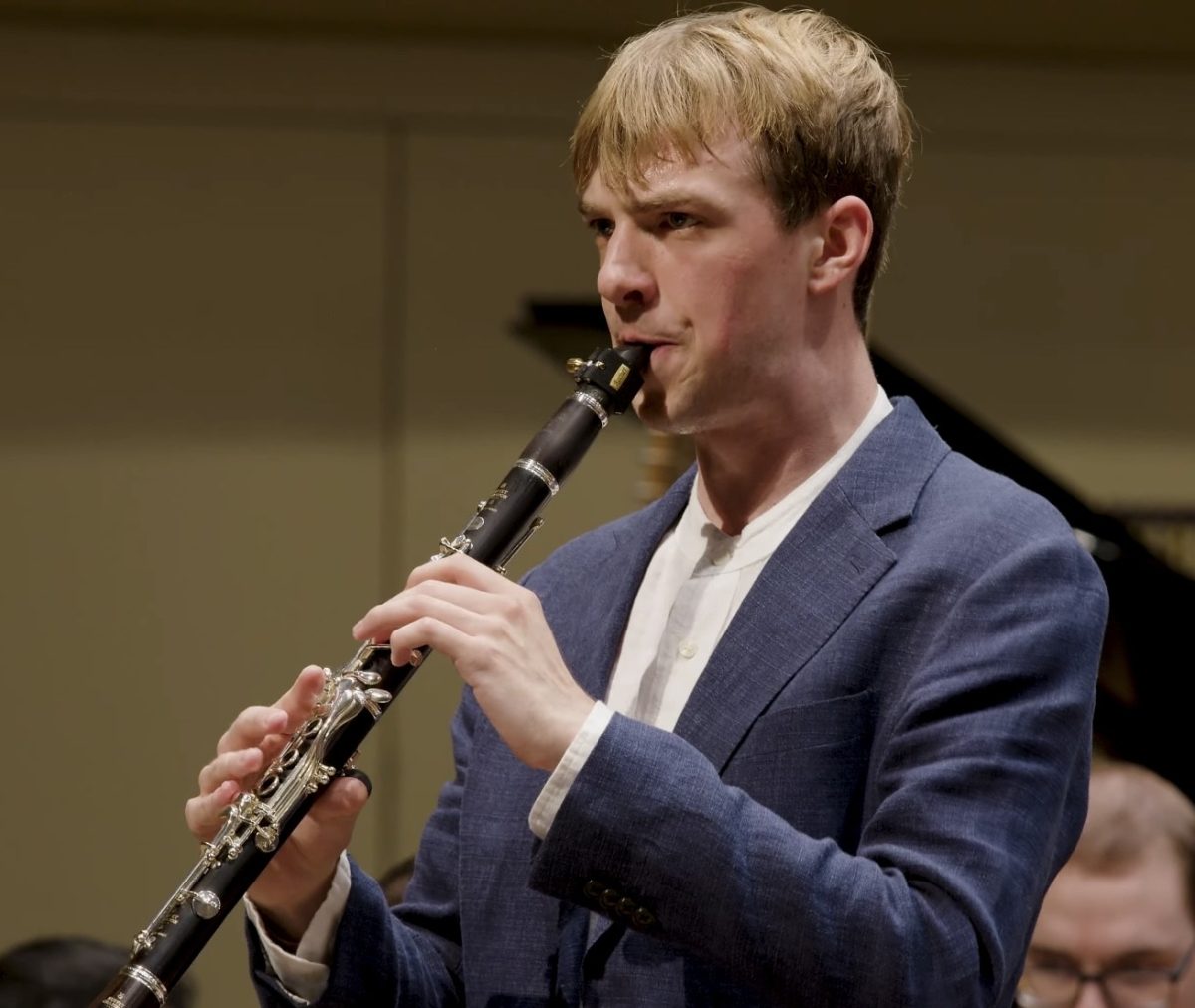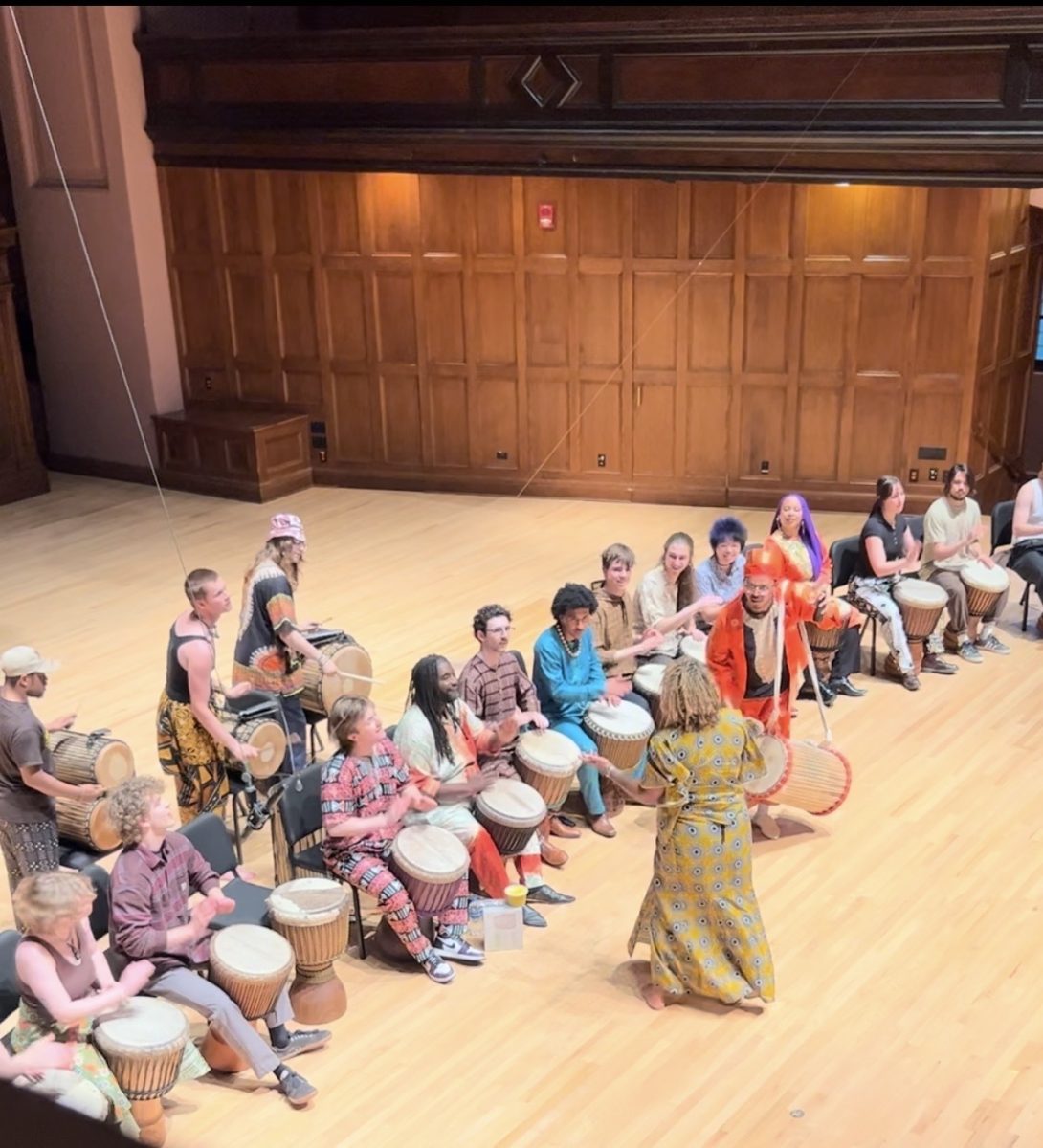Lifetime Promotes NWSL
February 17, 2017
Game 7 of the 2014 World Series. The Golden State Warriors’ Championship-clinching Game 6 victory over LeBron James’ Cleveland Cavaliers. The 2015 FIFA Women’s World Cup. Which one had the most viewers? Hint: The answer will defy the myth that no one watches women’s sports.
While two of the biggest games in baseball and basketball had 23 million viewers, an astonishing 25 million Americans tuned in to watch Abby Wambach and Carli Lloyd hoist the FIFA Women’s World Cup trophy as the United States triumphed over Japan to secure its third world championship.
Now, those viewers will have a new platform where they can watch their favorite women’s soccer stars. Earlier this month, the National Women’s Soccer League, now in its fifth year, closed a deal with A+E Networks, owner of the Lifetime channel, to expand its media presence. Lifetime will show an NWSL game of the week every Saturday starting in April, and its parent company, A+E, purchased an equity stake in the league, becoming its media partner and committing to raising its profile. The move has great potential to not only grow women’s soccer’s viewership, but also to cater to an underserved market of fans and demonstrate the benefits of dedicating more air time to women’s sports.
The myth that women’s sports are unpopular is perpetuated and reinforced by a lack of media coverage by major outlets. A University of Southern California study found that women’s sports were covered less in 2014 than in 1989 on ESPN’s SportsCenter and Los Angeles broadcast affiliates. SportsCenter dedicated just 2 percent of its air time to women’s sports in 2014. And while live TV coverage of women’s basketball improved slightly in 2014 as compared to 1989, virtually no improvements were shown in sports news and highlights shows. Women are now less frequently objectified in sports coverage, but objectification has been replaced by neglect.
“[Since 1989] overt sexism has been replaced by a general absence of women altogether,” the study reads. “Women’s sports are rarely covered, and when female athletes are interviewed in any depth, it’s to portray them as mothers or girlfriends, including to stress those roles over their role as an athlete.”
This lack of coverage and perpetuation of stereotypes is particularly egregious when juxtaposed with the success of women’s sports in the United States since the study was first conducted. Since 1989, American fans have witnessed perhaps the greatest era in women’s sports history. Serena Williams has become the most decorated tennis player in history. The U.S. has absolutely dominated women’s basketball, winning gold at the past six Olympics. And Americans have earned the aforementioned three World Cups in women’s soccer, as well as four Olympic gold medals. That dominance at the professional level has contributed to greater women’s participation at the youth, high school and college levels, which has grown dramatically over the past few decades.
Despite increased participation, interest and success among women in sports, network executives justify neglecting women by saying that they simply do not watch sports. Those executives have some statistics on their side. According to studies conducted by ESPN, the average woman watches around 90 hours of sports per year on television, while the average man watches over 200. Countless cultural factors could contribute to that discrepancy, including differences in viewing preferences. That same ESPN study shows that many women prefer more narrative-based sports programming that shares athletes’ stories. But because women are largely excluded from sports news shows, women viewers don’t have access to that kind of coverage.
A+E aims to fill that void with the newly created NWSL Media, the name for its new partnership with the league. Although at first, its women’s soccer coverage will be limited to live games once a week, A+E plans to overhaul NWSLSoccer.com, improve the league’s social media presence and create NWSL iPhone and Android apps.
Lifetime understands the nuances of women’s programming, and NWSL Media seems poised for success. This unprecedented effort geared toward expanding women’s sports programming should grab the attention of outlets like ESPN, showing that they can no longer ignore a virtually untapped market of women’s sports fans. President and CEO of A+E Nancy Dubuc, who rowed crew in college, seems to understand the importance of reaching out to that demographic.
“As a former college athlete, I know the importance of sports in the lives of women and girls,” she said. “I couldn’t be more thrilled to join forces with NWSL and U.S. Soccer to ensure professional women athletes are elevated as the entire country can watch and be inspired by their strength and athleticism.”




